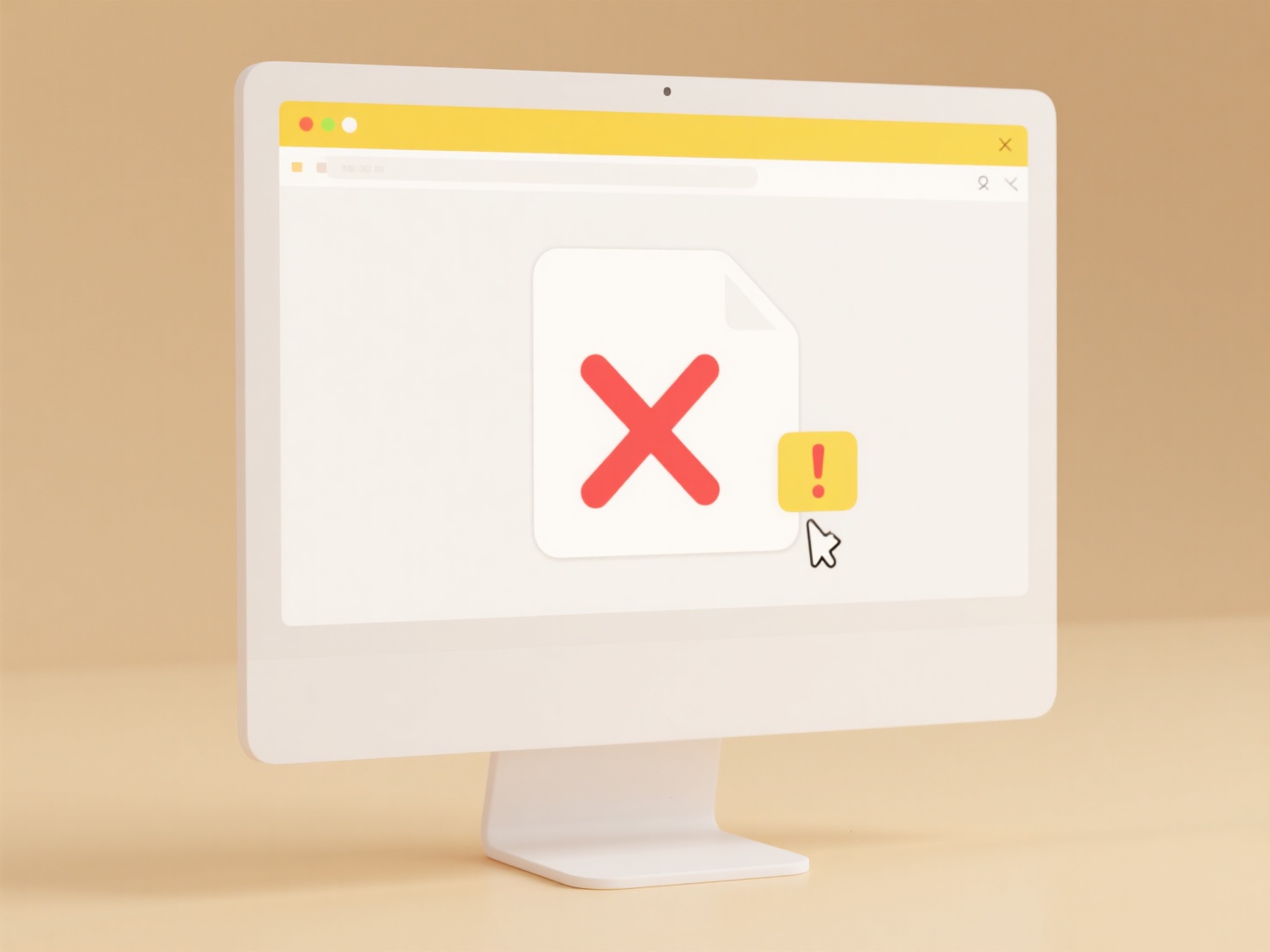
Understanding file compatibility means recognizing which applications can open and properly interpret a specific file's data structure. A file's type is usually indicated by its extension (e.g., .docx, .jpg, .mp3). An application is compatible if it contains the necessary software instructions (codecs or parsers) to read that structure correctly. Your operating system manages file associations, linking specific file types to default applications, but compatibility isn't guaranteed solely by this association.

For instance, the default Photos app on Windows typically handles common image formats like JPEGs and PNGs. However, professional photographers often use specialized applications like Adobe Lightroom to view and edit RAW camera files (e.g., .CR2, .NEF). Similarly, engineering firms might use AutoCAD to work with .DWG design files, whereas standard PDF viewers couldn't open those files correctly without conversion.
The main advantage is that modern OSs suggest apps for unknown files, aiding accessibility. Key limitations include proprietary formats (like Photoshop's .PSD) often requiring specific software, and potential cost barriers for specialized professional tools. Cloud-based viewers and free online conversion tools are emerging solutions, especially for users needing occasional access without purchasing dedicated software licenses.
How do I know which app is compatible with a file type?
Understanding file compatibility means recognizing which applications can open and properly interpret a specific file's data structure. A file's type is usually indicated by its extension (e.g., .docx, .jpg, .mp3). An application is compatible if it contains the necessary software instructions (codecs or parsers) to read that structure correctly. Your operating system manages file associations, linking specific file types to default applications, but compatibility isn't guaranteed solely by this association.

For instance, the default Photos app on Windows typically handles common image formats like JPEGs and PNGs. However, professional photographers often use specialized applications like Adobe Lightroom to view and edit RAW camera files (e.g., .CR2, .NEF). Similarly, engineering firms might use AutoCAD to work with .DWG design files, whereas standard PDF viewers couldn't open those files correctly without conversion.
The main advantage is that modern OSs suggest apps for unknown files, aiding accessibility. Key limitations include proprietary formats (like Photoshop's .PSD) often requiring specific software, and potential cost barriers for specialized professional tools. Cloud-based viewers and free online conversion tools are emerging solutions, especially for users needing occasional access without purchasing dedicated software licenses.
Quick Article Links
How do I set up watch folders with automated search actions?
Watch folders are designated directories that automatically trigger predefined actions when new files or changes are det...
What are the risks of sharing files via USB or external drives?
Sharing files via USB drives or external hard drives introduces security and operational risks compared to networked sha...
Can I set permission presets for file templates?
Permission presets for file templates allow you to predefine access rights assigned to new files created from a specific...